Teachers Play an Important Role in the Advancement of Maui’s Filipino Community
Ancheta is Teacher of the Year for the Hāna – Lāhaināluna – Lāna‘i – Moloka‘i complex.
Alfredo G. Evangelista | Assistant Editor
In the 1800s, Horace Mann, a key American advocate for public education, called education the great equalizer. Mann, although poor and self-taught, was able to enroll at Brown University. He became an attorney and entered government service. When the State of Massachusetts adopted a statewide board of education, he became its first Secretary and advocated for such causes as universal popular education and well-trained, professional teachers.
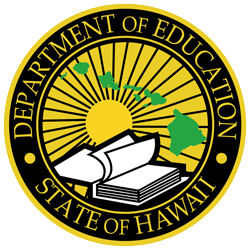
Hawai‘i is now the only state with a statewide board of education, with all other states having more locally geographic school boards. Hawai‘i’s socioeconomic fabric consists primarily of Hawaiians and immigrants, many of whom continue to climb the social ladder. Local Filipinos as seen through the eyes of the Sakadas and their offspring—as chronicled by The Fil-Am Voice’s Lucy Peros in her Sakada Offspring column–have always considered education as a key element to progress.
My own Dad, a 1946 Sakada from Paoay, Ilocos Norte who barely had a second-grade education in the Philippines, would tell me to study hard so I wouldn’t need to work for the sugar plantation. (In my senior year of high school, he did threaten to send me to the military if I didn’t shape up; a scary thought for a then 90-pound weakling.)
I read somewhere teaching is the most honorable profession … and I read elsewhere the reason is without teachers, there wouldn’t be any doctors, lawyers, engineers, scientists and other vocations.
But growing up, I don’t recall having a single teacher of Filipino ancestry at Kahului School. I think there might have been one at Maui High School while I was there (Class of 1976) but I’m not sure. My wife Basilia (Class of 1978) also can’t recall any. State Senator Gilbert Keith-Agaran (Class of 1980) recalls Elizabeth Menor, an English as a Second Language (ESL) teacher and Elizabeth Ayson, a Vice Principal.
Currently, there are more than 13,000 teachers in the Hawai‘i Department of Education (DOE). According to the DOE, as of October 2020, there were 1,014 teachers who identified themselves as Filipino compared to 3,194 White; 3,077 Japanese and 3,298 two or more races. In October 2018, 7.8 percent of teachers in the DOE were identified as of Filipino ethnicity compared to 25 percent Japanese, 23.9 percent White and 24.0 percent two or more races.
At Maui High School, according to principal Jamie Yap, there are about 122 members of the teaching staff with approximately 12 percent of Filipino ancestry.
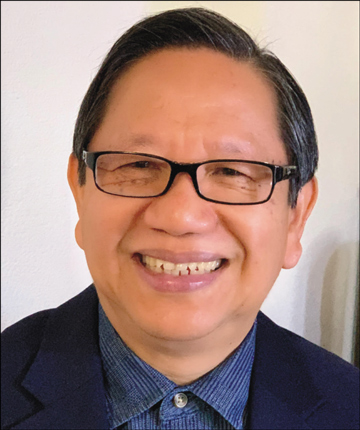
So it was great news—and something all Maui’s Filipinos should be proud of—that when the Finalists for Teacher of the Year were announced on August 5, 2022, a familiar name popped up: Cornelio “CJ” Ancheta. “We are proud to recognize these outstanding teachers who have demonstrated some of the highest levels of dedication and passion for their students,” said Superintendent Keith Hayashi in the News Release. “As our Hawai‘i public school system continues to focus on prioritizing and accelerating student learning, we are grateful to have outstanding teachers in the classroom to help lead the way.”
“One of the main reasons I became a teacher is that I would like to be a positive influencer and make a meaningful difference in the lives of our young 21st-century learners,” Ancheta says. His philosophy of education revolves around his stalwart belief that “Anybody Can Learn.”
Ancheta did not go directly to public education after moving to Hawai‘i from the Philippines. He served as a substitute educator for about a decade then dedicated himself to a retail management position. During that time, he also served a three-year term as School Community Council chair for Princess Nahienaena Elementary School and volunteered as a math tutor. Ancheta was also the Publisher/Managing Editor of the Fil-Am Observer from 2005–2012. When he retired in 2017, he earned a teaching credential and took a teaching position at Lahainaluna fulltime. He has been involved with the HSSO Maui Regional Science Olympiad since 2011 and became co-director in 2017.
Ancheta, now a secondary mathematics teacher at Lāhaināluna High School, will represent the Hāna - Lāhaināluna - Lāna‘i - Moloka‘i complex; each of the fifteen complex areas and the public charter schools name a finalist. In October, the State teacher of the year will be selected to represent Hawai’i in the National Teacher of the Year program.
With both an undergraduate and Master of Science degree in Agricultural Engineering from the University of the Philippines at Los Baños, Ancheta brings an agricultural science background to the classrooms. He likens students to seeds. “I know that not all seeds will germinate simultaneously and that some will grow faster than others even though I provide their basic needs of water, light and a medium for them to thrive,” he explains. “I also know that eventually, all of the seeds will germinate at a later point in time.” Educators, he states, are the gardeners who provide what’s needed to sustain student growth and development.
Ancheta has faith that “given the opportunity, motivation and conducive learning environment, anybody is capable of absorbing abstract or concrete concepts, ideas, and skills.” His job, as a teacher, is to facilitate the ability of his students to control and motivate their learning in both pace and scope.
Ancheta is also a true believer in the PBL trifecta (Project-Based Learning, Problem-Based Learning, and Place-Based Learning). PBL gives his students insights on how subjects fit into real life—learning things they did not expect in a conventionally taught geometry class where students might be memorizing formulas to solve problems on paper. “They were able to use technology tools to be creative in presenting their projects and were able to communicate their results well,” he observed. CJ is also a staunch supporter of incorporating multilingualism in the classroom.
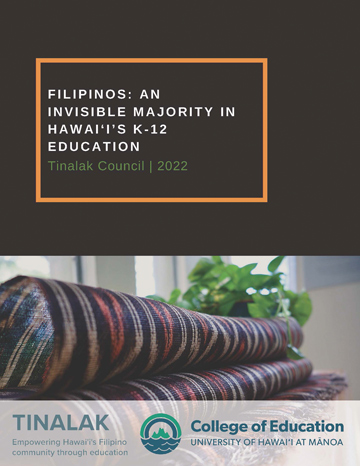
Photo courtesy Department of Education
As a parent who was involved in the schools, Ancheta knows parents play a significant role in supporting their children emotionally.
Ancheta previously was selected as a 2020–2022 Hawai‘i State Teacher Fellow. The Hawai‘i State Teacher Fellows program runs out of the Hawai‘i Department of Education Leadership Institute and provides a diverse group of thoughtfully and rigorously selected public school teachers with peer and community engagement skills, tools to facilitate focus groups, and communication and advocacy strategies. Fellows receive and create opportunities to collaborate with stakeholders to elevate public education.
According to the DOE, the Teacher of the Year program started around 1964. Kahului Elementary teacher Kiyoshi Yabui (he taught music and played the piano for Kahului School’s song leaders during the annual track meets) was Maui’s first. A cursory review of the available list of Maui’s teachers of the year since 2010 does not appear to include any teachers of Filipino ancestry.
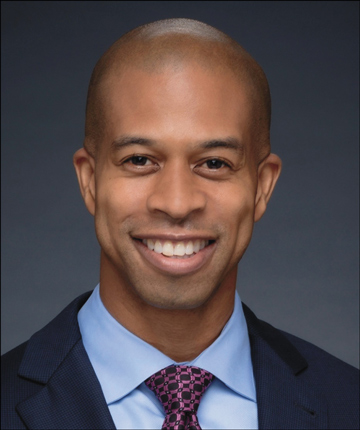
And yet studies confirm the importance of having teachers of Filipino ancestry. State Representative Justin Woodson, chair of the House Committee on Education, says “From a policy perspective, it is important to continue increasing the percentage of teachers from Filipino backgrounds. There is clear research that indicates student outcomes improve long term if the student can ethnically identify with their teacher.”
The research Woodson refers to is the twenty-six-page Report from the Tinalak Council in 2022 titled Filipinos: An Invisible Majority in Hawai‘i’s K-12 Education. The Tinalak Report highlights how Filipinos comprise 25 percent of Hawai‘i’s population and are the largest (23.4 percent) ethnic group in Hawai‘i’s public schools but are under-represented in the field of education. “In 2019–2020, Filipinos had high graduation rates (91 percent); however, they had significantly low college-going rates (54 percent),” states the Tinalak Report, which also found Filipinos to be mostly at the community college level. “They are not transferring to 4-year institutions (when compared to UHCCs), impacting their social and economic gains and thus remain underqualified for higher-level labor markets.”
The Tinalak Council was created in 2012 to advise Dr. Donald Young, Dean of the College of Education at the University of Hawai‘i, Mānoa, how to address the underrepresentation of Filipinos in the College of Education.
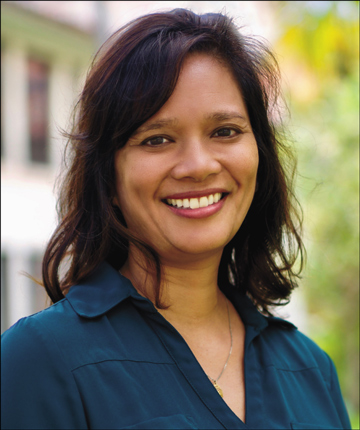
Patricia Espiritu Halagao, PhD, who is the Professor and Chair of the Department of Curriculum Studies at the College of Education at the University of Hawai‘i, Mānoa is the principal author of the Tinalak Report. Halagao notes how only 11 percent of teacher candidates at the University of Hawai‘i, Mānoa were of Filipino ancestry, leading to “underrepresentation of Filipino teachers” in the DOE. Halagao cites research showing “student-teacher matching of the same race or ethnicity produces more positive educational experiences for students of color and gains in student achievement.”

“I think it’s important to have more teachers with Filipino ancestry in Hawai‘i’s Department of Education,” says Yasha Ronquillo who started working as a paraprofessional educator through the Arts and Communication pathway at Maui High School after graduating in 2018. She transitioned to a part-time teacher in Maui High’s Career and Technical Education program after she received her Bachelor’s degree in Creative Media from the University of Hawai‘i, West O‘ahu. “I believe shared culture enriches student-teacher relationships and helps students get more excited about the heritage and traditions they might not have been exposed to.”
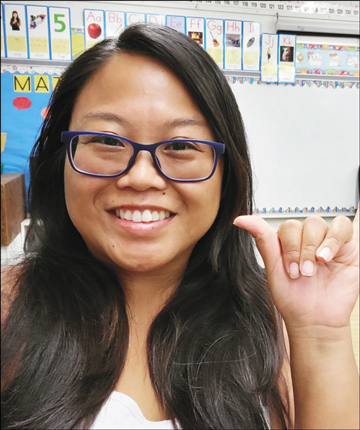
Michelle Balala Siores, a teacher at Kahului Elementary School, gives an example of how her Filipino students can relate to her. “As a Filipino teacher, I help my Filipino students feel heard and seen. My class and I were having a discussion about our favorite foods. I said pansit and you could hear the uproars of ‘that’s my favorite too.’ ” Siores understands, however, that is not enough. “I wish there was more I could do for my Ilokano and Tagalog speaking students like being a translator or the ability to fluently understand the language. Luckily, our English Language Learner program at my school do have Filipino speaking teachers who provide services to our students who are learning English as their second language.”
Teachers continue to be challenged—two years after the beginning of the pandemic. (The Fil-Am Voice chronicled the challenges of virtual learning in the September 15, 2020 issue and the reopening of schools in the September 15, 2021 issue.)
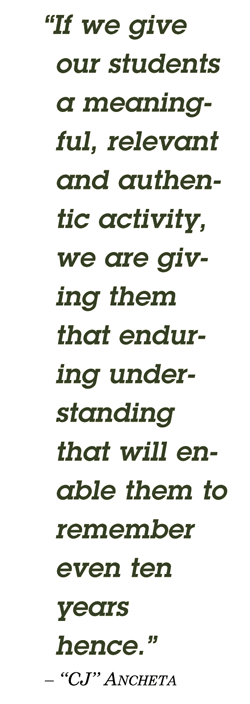
“During distance learning, I relied heavily on using technology tools for education in implementing PBL in my classroom and inviting a medical doctor from the mainland as a guest speaker,” recalls Ancheta. “These tools include Google Suite, Jamboard, Padlet and Webex. In attendance at the webinar were my students, our school staff and other students from other classes. After the webinar, I had my students select their group members in order to promote collaborative learning. They were placed in breakout rooms and I had the opportunity to check in with all the smaller groups. Using a shared Google document, I was able to monitor the progress of each group. They created a survey administered to all students and analyzed the results. Each group solicited feedback from the other groups. At the end of two weeks, the students presented their Google slides with a group of other students, including some teachers and administrators. In their reflection pieces, the students gained a substantial amount of relevant and authentic information from the speaker than any Googled document. It was a bit challenging but doable. My students’ desire and passion for the topic were the catalysts for the project’s success. If we give our students a meaningful, relevant, and authentic activity, we are giving them that enduring understanding that will enable them to remember even ten years hence,” observes Ancheta.
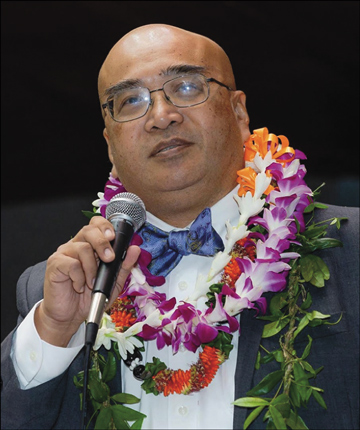
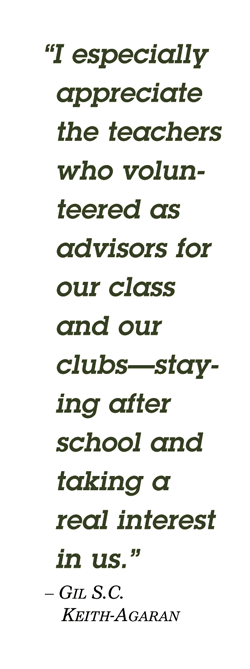
“We had a lot of great teachers at Maui High,” Senator Keith-Agaran recalls. “I especially appreciate the teachers who volunteered as advisors for our class and our clubs—staying after school and taking a real interest in us. I think that probably inspired quite a number of my classmates to go into education, including Jocelyn Romero and Lorna Savella, among others.”
“One of the biggest struggles teachers deal with is not allowing ourselves to take off the teacher hat,” says Siores. “In my seven years of teaching, I realized that I can plan for the perfect lessons everyday but it may not always go the way as planned. My first two years of teaching I would stay after school until 6 p.m. I’ve become better at being efficient with my time to be able to leave contractually at 2:45 p.m. but I know of some teachers who have been teaching for ten plus years and still work past working hours. And we do not get paid overtime. Sometimes it’s not about being efficient with time but doing everything we can to make a difference for every single one of our students.”
Teachers, however, continue to leave the profession for other jobs. Bradley Cacayorin, who taught with Siores at Kahului Elementary, decided to become a fireman after more than ten years of teaching. Siores explains “Part of the reason teachers are leaving the profession are the conditions of being grossly underappreciated and unheard by government officials, school administrators, staff, parents, students and all the while not seeing the pay increase for their years of service.”
According to the DOE, effective for the 2022–2023 school year, a teacher’s salary starts at $38,521 for those who have not completed a state approved teacher education program (SATEP). For those who have SATEP, salary starts at $50,819.
Woodson is sympathetic and points to improvements. “I’m pleased the Legislature was able to appropriate funding for teacher differential pay for hard-to-fill positions, professional development funding and decompression,” he says. “Decompression was particularly significant as it compensates teachers based on their years of service. Moving forward, I am also hopeful teachers will receive pay increases automatically as it would address many systemic issues.”
The conclusion of the Tinalak Report is worth repeating in its entirety: “Filipino students are an ‘invisible majority’ in the Hawai‘i K–12 public school system. They are the largest ethnic group yet they are not represented in the curriculum they learn, nor are they reflected in the education faculty. Perhaps, Filipinos do not garner much attention as a group because they are neither struggling nor exceeding academically. They score in the middle for academic achievements and teachers rank them as average in socio emotional learning. With such a moderate status, Filipinos may be overlooked and fly under the radar, ultimately not performing to their potential. We cannot afford to continue to sit on the sidelines and not pay attention to the academic, social and cultural needs of a quarter of our student population. As a community, we need to fight for Filipino recognition, representation, and funding support that benefit Filipino youth in our schools. Youth are no longer willing to wait and are taking it into their own hands to design the communication they want. Families, schools, political leaders, and communities must also take it upon themselves to demand more for our Filipino youth. This means advocating for greater representation and outcomes in accountability measures, higher education and K–12 educators, and curriculum, as a way of proactively increasing Filipino student achievement.”
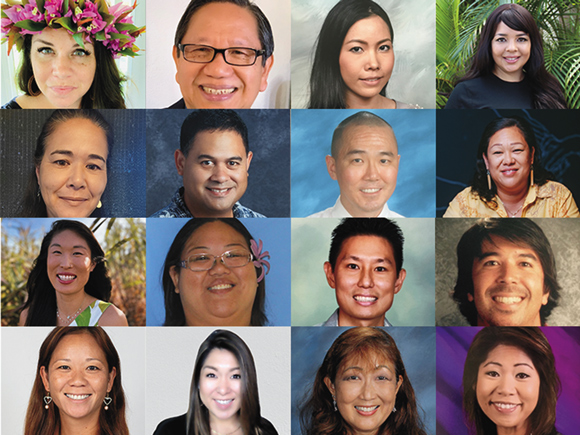
Nevertheless, the lists of valedictorians at the local high schools each year are peppered with Filipinos. “Back in my day,” Keith-Agaran notes, “we had one valedictorian and one salutatorian. I recall Jocelyn Romero and I were among the contenders for those honors so I would like to think Filipinos valuing education and doing well in school continues to this day.”
A great insight from Maui High School alum Keith-Agaran who will be honored by the Maui High School Foundation on September 20, 2022 with the Award of Excellence, which recognizes an alumni who has excelled in their field or profession.
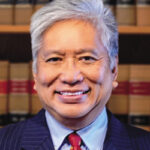 Alfredo G. Evangelista, a 1976 Maui High School alum, was active in Maui High’s Debate and Speech Teams. His favorite teachers were Gwen Hayashi and Naomi Story (English who were the Debate and Speech coaches, respectively) and Nobu Agena (Social Studies who was the Student Government advisor).
Alfredo G. Evangelista, a 1976 Maui High School alum, was active in Maui High’s Debate and Speech Teams. His favorite teachers were Gwen Hayashi and Naomi Story (English who were the Debate and Speech coaches, respectively) and Nobu Agena (Social Studies who was the Student Government advisor).
